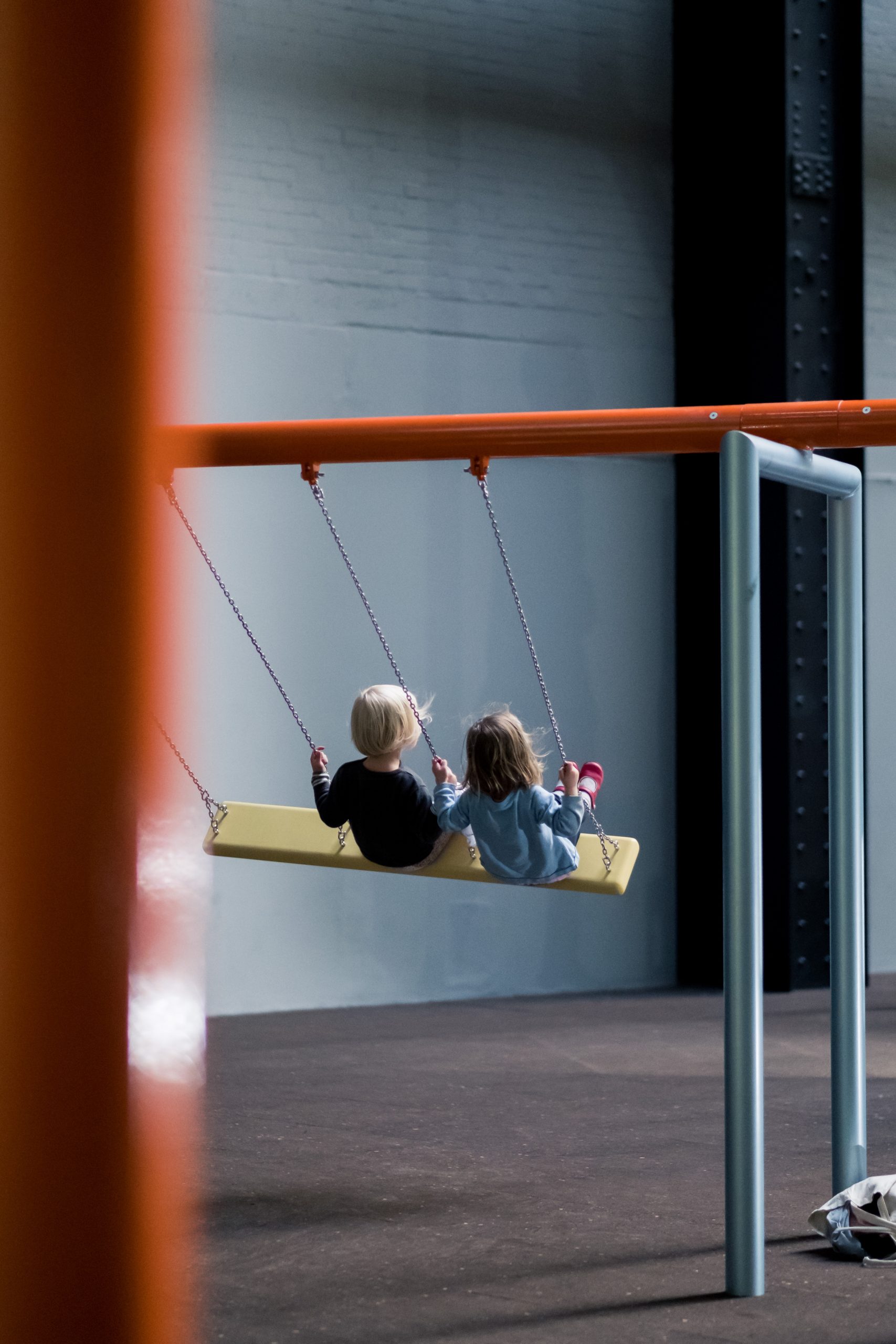Are you looking for ways to teach students not to retaliate? If so, keep reading.
1. Urge the student to think through the idea of “getting back” at others: (a) think about the thoughts and feelings of others (e.g., the person who is the focus of the “get even” reaction, family members and friends of both parties, classmates, school administration, etc.) if revenge occurred; (b) think about the potential consequences to themselves if revenge occurred; (c) find positive alternatives to revenge; (d) find thoughts/feelings of others should the positive alternative be attempted; and (e) find thoughts/feelings of himself/herself should the positive alternatives be attempted.
2. Give the student a clear chain of command they and others in their surroundings need to use to process complaints, grievances, etc. Practice each communication link and praise the student for resorting to the chain of command.
3. Working alongside the student, create coping techniques tailored to individual preferences and abilities (e.g., taking two slow, deep breaths; moving to another part of the classroom to calm down; head on table or desk for 20 seconds; etc.).
4. Give the student the chance to connect with role models from the community who have success stories to relate. Enlist these community heroes in identifying revengeful behavior as damaging and undesirable.
5. Give positive learning activities to (a) give the student matters of interest to focus upon, think through, and act upon other than revenge; (b) give the student chances to experience success (this may help decrease stress related to frustration); and (c) give the student positive, structured chances to work with others to urge productive teamwork and hopefully render vengeful thoughts/ behaviors counterproductive.
6. Allow the student to focus on their actions and behaviors by developing a daily schedule with them. Praise the student for (a) initiating schedule development, (b) beginning scheduled learning activities independently, (c) following their schedule, (d) finishing scheduled learning activities, and ( e) making positive attempts at working on the schedule and on scheduled learning activities.
7. Give the student frequent, natural chances to feel successful daily.
8. Minimize the emphasis on competition. Competitive learning activities may encourage unacceptable behavior. Let the student work in small groups or teams on learning activities, but structure team learning opportunities, so these are not competitive by establishing ways of providing merit for each group’s efforts.
9. Monitor the student who is sensitive to failure and who may voice or attempt retribution. Give positive alternative learning activities instead of ongoing learning activities when the student indicates signs of frustration or overstimulation.
10. When a schedule has been created with student involvement, make sure the student receives assistance to achieve success the first few days. As the student shows success, slowly decrease assistance.
11. On occasions where providing the student with the chance to work with others, try to assure that they will complement the group based upon the unique interests and skills they will contribute. Refrain from grouping students totally by capacity and ability, and give small groups structure and monitoring.
12. Consider using a classroom management app. Click here to view a list of apps that we recommend.
13. Consider using an adaptive behavior management app. Click here to view a list of apps that we recommend.
14. Consider using Alexa to help the student learn to behave appropriately. Click here to read an article that we wrote on the subject.
15. Click here to learn about six bonus strategies for challenging problem behaviors and mastering classroom management.





